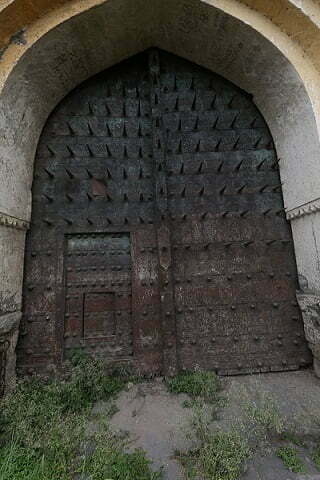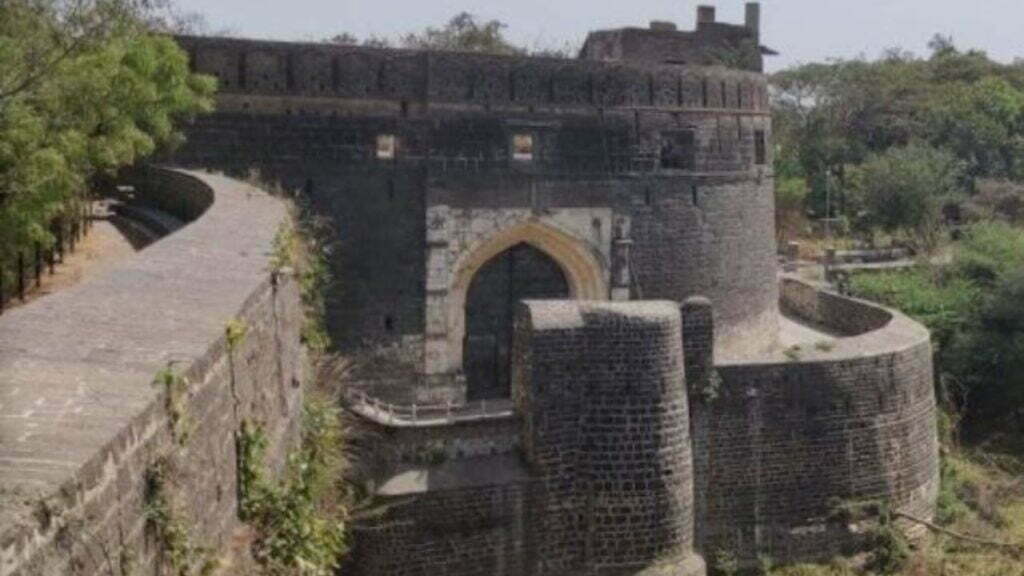The Ahmednagar fort, located in the Maharashtra city of Ahmednagar, is regarded as one of the region's most powerful forts. The fort was built by Malik Ahmad Nizam Shah I in 1427 CE and served as the Nizam Shahi dynasty's headquarters. It was ruled by the Mughals, Marathas, and the British after the Nizam Shahis
A legacy of Resistance

- The fort is recognised today not just for the great dynasties who ruled it, but also for its connection to our country’s freedom movement. This structure is remembered for housing major independence fighters such as Pandit Jawaharlal Nehru, Maulana Abdul Kalam Azad, Sardar Vallabhai Patel, Pandit Govind Vallabh Pant, and Acharya Narendra Deva during the freedom war.
- These key figures in our freedom movement were apprehended on the eve of the Quit India Movement in 1942, which shook the British Empire’s foundations in India. The British apprehended and imprisoned the leaders in an attempt to stop the movement from spreading further. The fort’s leaders were imprisoned in the “Leaders’ Block,” a section of the fort that is still known as the “Leaders’ Block.
- The prison’s archives contain thorough information regarding the activities of the freedom fighters at the time. The inmates are believed to have spent their time reading, writing, and gardening during the day. They shared a communal mess and ate it all together. They also congregated in the common area, where they read newspapers and discussed the country’s current political happenings.
- Jawaharlal Nehru was imprisoned in the fort for over three years, during which time he was prevented from participating in active politics. However, he made the most of his confinement by writing his magnum opus, The Discovery of India, while still in prison. Nehru is supposed to have spent this time gardening, which was one of his favourite pastimes. One of the fort’s rooms has been devoted to Nehru, with some of his personal belongings, including as his armchair, wall mirror, and enamel jug, preserved and on display for tourists.
- However, it was not just Nehru who created one of his finest works, the Ghubar-e-Khatir, in this fort, but also Maulana Abul Kalam Azad. Ahmednagar’s fort, in fact, has a long history of resistance. Chand Bibi fought valiantly against the Mughals who had besieged the fort in 1596 CE. During the Revolt of 1857, the fort was also a hotbed of turmoil. Under the leadership of Bhagoji Naik, a force of 7000 Bhils stood firm against the British. They were, however, crushed in the end.
- As a result, the history of the Ahmednagar fort demonstrates the vicissitudes of fortune. This formerly formidable military bulwark, which allowed its rulers to protect their sovereignty and authority, was turned into a jail to house proponents of modern nationalism’s freedom and sovereignty. Throughout history, the spirit of resistance has been a recurrent thread. The fort is now regarded as one of the most critical bulwarks in our fight for independence.

